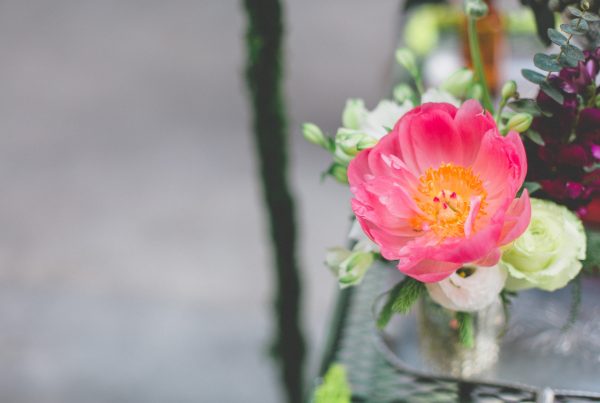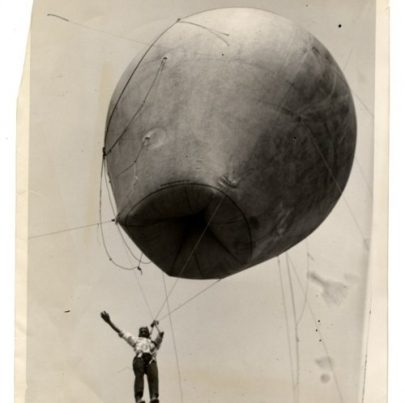Raymond Cauchetier was best known as a set photographer for the French New Wave. He created dozens of the most iconic movie photographs of that era. There were his stunning and sexy close-ups of Anouk Aimée and Jeanne Moreau and, of course, there was his signature shot of Jean-Paul Belmondo and Jean Seberg walking down the Champs-Élysées in Breathless —an image that defined Iowa-born Seberg as the original French gamine, and inspirer of a million pixie-cuts.
But Cauchetier was not always taking shots of beautiful free-love heroines. Given the setting and subject of my forthcoming novel, Stray Love, I was interested to learn that he had his real start a few years earlier when he worked for the press corps of the French Air Force in (what was then known as) Indochina. Toting around a Rolleiflex, he recorded France’s aerial war and its changing fortunes in the last years of its colonial era—a decade before the Americans embarked on an equally futile war.
Cauchetier had a knack for being in a place at the decisive moment and for preferring a street level, human-scale vantage point. As he put it: “You have to be ready, to anticipate, because by the time it takes for your brain to tell your finger to activate the shutter, the moment has gone…My approach to set photography was really that of a photojournalist.”
This toggling between worlds, between life and death, happiness and horror, style and substance, was not unique to Cauchetier. Lee Miller who started as a fashion and fine art photographer became an acclaimed war correspondent for Vogue during WWII, covering the London Blitz, the liberation of Paris, and the concentration camps at Buchenwald and Dachau. Cecil Beaton, best known for his glittering portraits of High Society, was also an accredited war photographer for the Ministry of Information. There was Gloria Emerson, born to wealthy American bluebloods, who went from writing about shoes and clothes to writing about the physical and psychic damage of war in Vietnam, Algeria and Gaza. And there were Robert Capa and Henri Cartier-Bresson, both of whom captured life’s extremes and departures from the ordinary: people at their elegant best and humilated worst.
Raymond Cauchetier was not the only one but he was certainly one of the greats.




